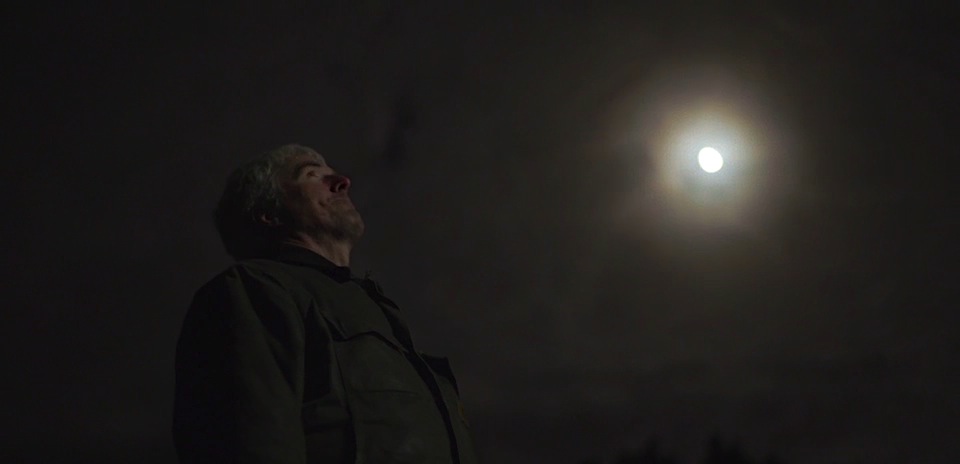
Scientist uses light study to prevent bird collisions
Last year we were with bird expert Bill Evans as he conducted one of his DIY experiments: beaming lights into the sky to test the impact of artificial light on night migrating birds.
Inside his home laboratory, Bill used weather radar to determine if the birds would be migrating across our rural New York location. That’s right – flocks of songbirds are large enough to appear on weather radar systems. “We still have a low cloud ceiling and maybe some light drizzle so the birds can’t see the stars they use for celestial navigation,” he said. “They’re going to have to rely on their internal compass or other cues that we’re not even aware of.”
The light rain is good for the study. Water particles in the air refract light and lead birds to aggregate. Bird aggregation in cities however, is bad news. “The phenomena is of course what’s causing the tower kill phenomenon,” he said.
Toronto’s Fatal Light Awareness Project estimates that between 100 million and one billion birds die from collisions with buildings every year in North America. Bird collisions typically occur at night when birds are migrating and lights inside buildings are turned on. Bill is trying to understand the mechanism that induces light aggregation in birds, not just in cities, but for the ever increasing numbers of communication towers and wind turbines.
That night Bill learned that certain colours of light are more dangerous than others. Red light, which is typically blamed for bird mortality at tall TV towers, did not provoke bird aggregation but did with blue, green and white light.
Listening to the audio recordings was especially telling. Within minutes of the lights being beamed into the sky the calls of the confused birds increased dramatically. As soon as Bill turned off the lights the calls ended.
In some instances, industry is adopting safer lighting for communication towers and turbines. As for the rest of us, can we be convinced to turn off the lights in our cities?
